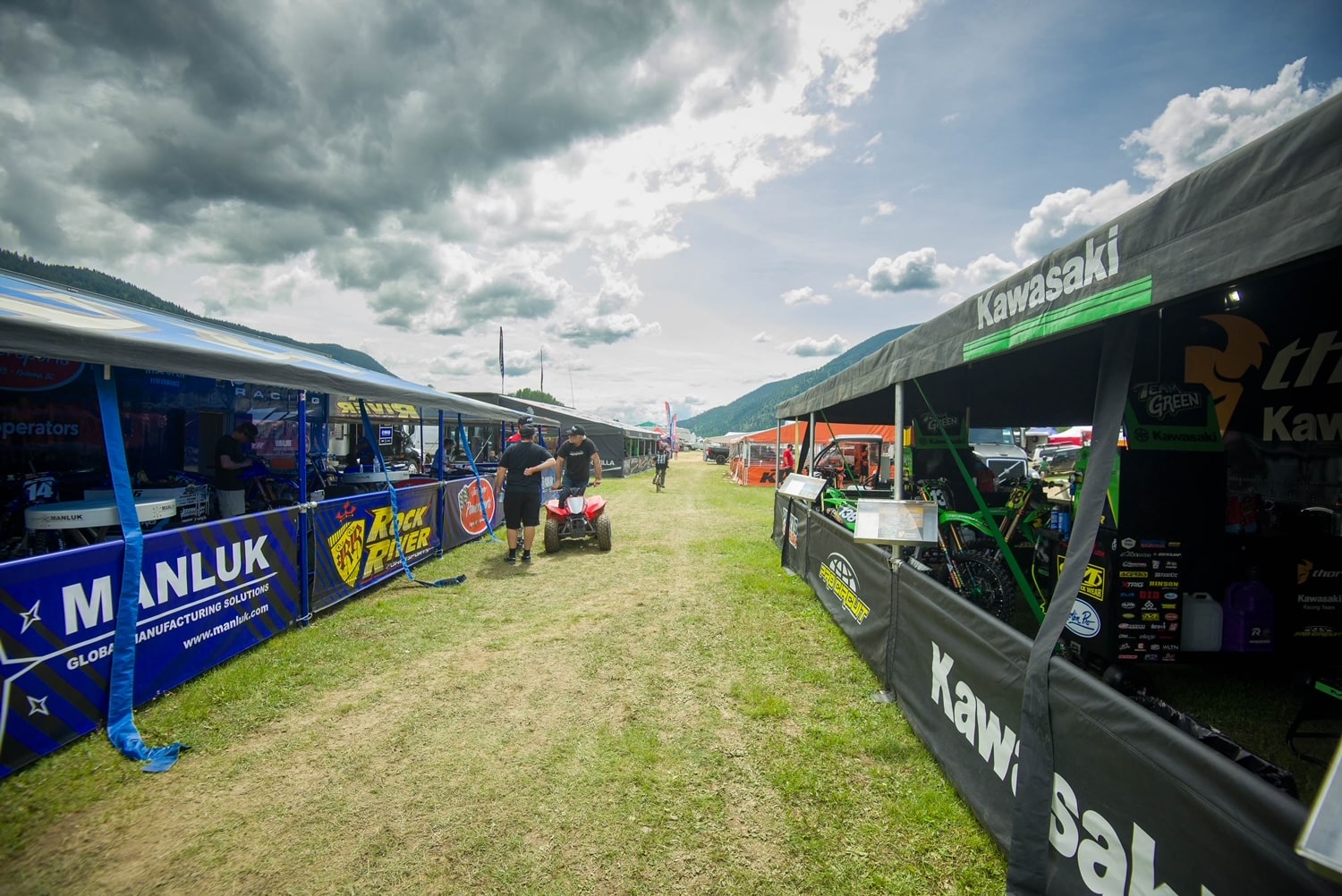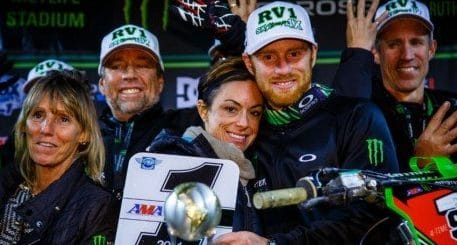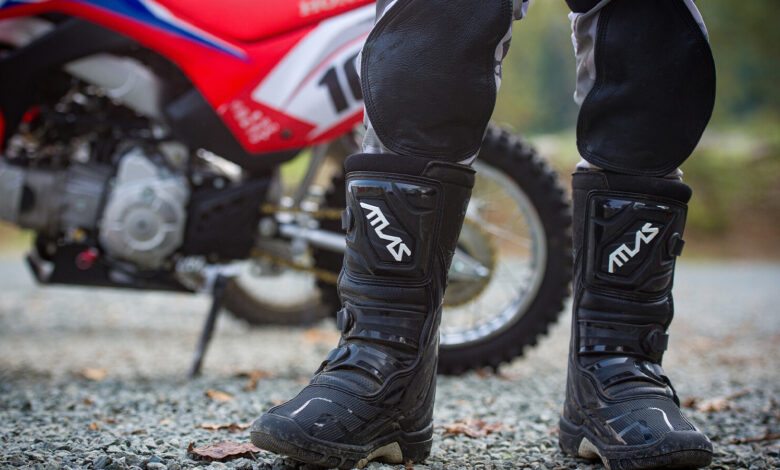

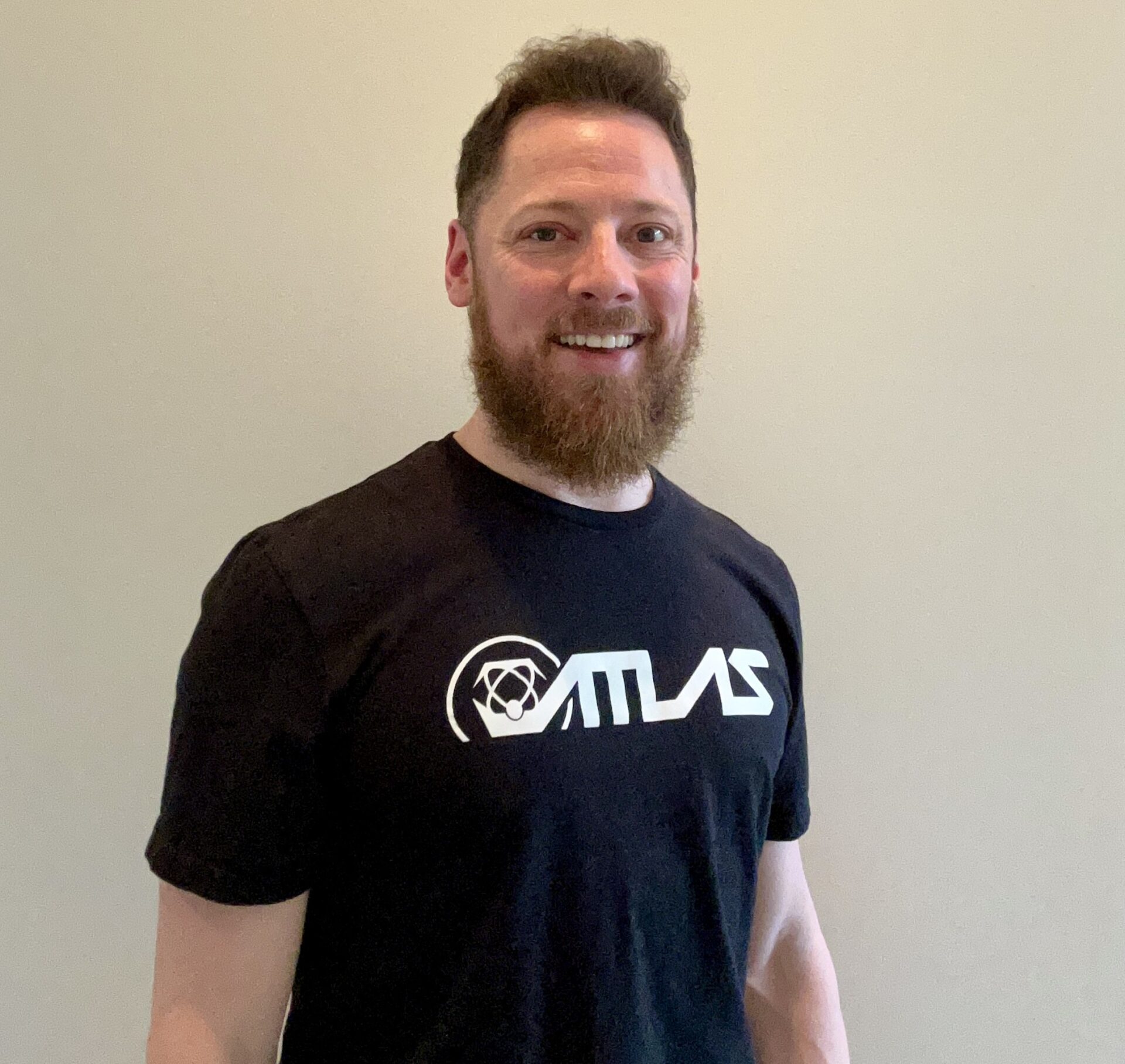
MXP: Hey Brady! With Newf on vacation this week we thought it might be a good idea to reach out to one of his bosses, as you have some really exciting things going on. Let’s first talk about you and you’re past racing. From big amateur races in the USA and Canada to US Supercross at the pro level, you did it all in your racing career. Looking back now, what do you consider to be a few of your biggest highs and what are you most proud of?
BS: I think just getting to the highest level of the sport, and making supercross mains. That is really the culmination of all the successes and failures along the way – and to survive all those ups and downs to make it to that highest level, of any sport, I feel is really something to be proud of. Most of my championships or higher accomplishments were as an amateur, on 85’s. Podium at Lorretas behind Alessi and RV, multiple Walton championships, racing the US Open that used to be in the MGM in Vegas on both 85’s and big bikes, being on Team Green in the USA as a Canadian – and even all the off-track highlights. Being fortunate enough to grow up travelling, racing, and always experiencing new places and people really helps develop you as a person. “The hang” around the track, or during travel is a large part of the fun. I think that aspect can often be overlooked, because the accomplishments are short-lived, but those experiences, memories, and lessons learned stick with you forever. Along with that is overcoming the adversity – injuries, losses, etc. Many opportunities for character development and learning to adapt, overcome, and be resilient are built into the journey.

MXP: When you watch the racing today in Canada and the USA, how would you compare it to your era?
BS: It honestly doesn’t feel much different. The jump from let’s say my dad’s era in the 70s/80s, or even the McGrath era of the 90s, to now is a big leap. But from the late 2000s to now, while there’s a similar gap in time, the technology is much more stagnant than the gap from the 90s to the 2000s. We are still on 4 strokes, they are really only incrementally better with luxuries like e-start, and the Suzuki is still basically the same model I rode in 2009! We had already shifted into modern techniques with things like scrubbing jumps, the bikes were powerful, riders were training with a high level of competence and sophistication, etc. I think the biggest leap now is really off the track with medical, or “biohacking” technologies that are available. We have a much better understanding of recovery, and rehabilitation, smarter tools for training, and smarter interventions for healing. So I think we will see longer careers become commonplace and maybe if riders feel less urgency to “make it”, more guys can get to their potential rather than making mistakes by rushing their careers.
Beyond today it will be interesting to see if the transition to electric happens. Maybe that is something that happens locally, but SX – like Nascar, F1, Monster Trucks, etc remains a combustion sport. If/when electric happens I feel it will further close the gap of skill and speed, much like 4 strokes did. Back in the 2 stroke days momentum, being in the right gear, and the skill it took to achieve both of those was an art. It really determined your skill level, your ability to jump jumps, go through whoops, get a start, and so on. Then when 4 strokes came along that skill to speed ratio was greatly reduced. There is so much power on tap you could jump anything from anywhere in the corner, and you could protect the inside, it just took way less skill to go just as fast. Electric will take that one step further by removing the need to shift, and having even greater torque on tap – The good news is that could lead to tighter racing, the bad news is that it closes the skill-to-speed ratio even more – which can lead to more injuries.


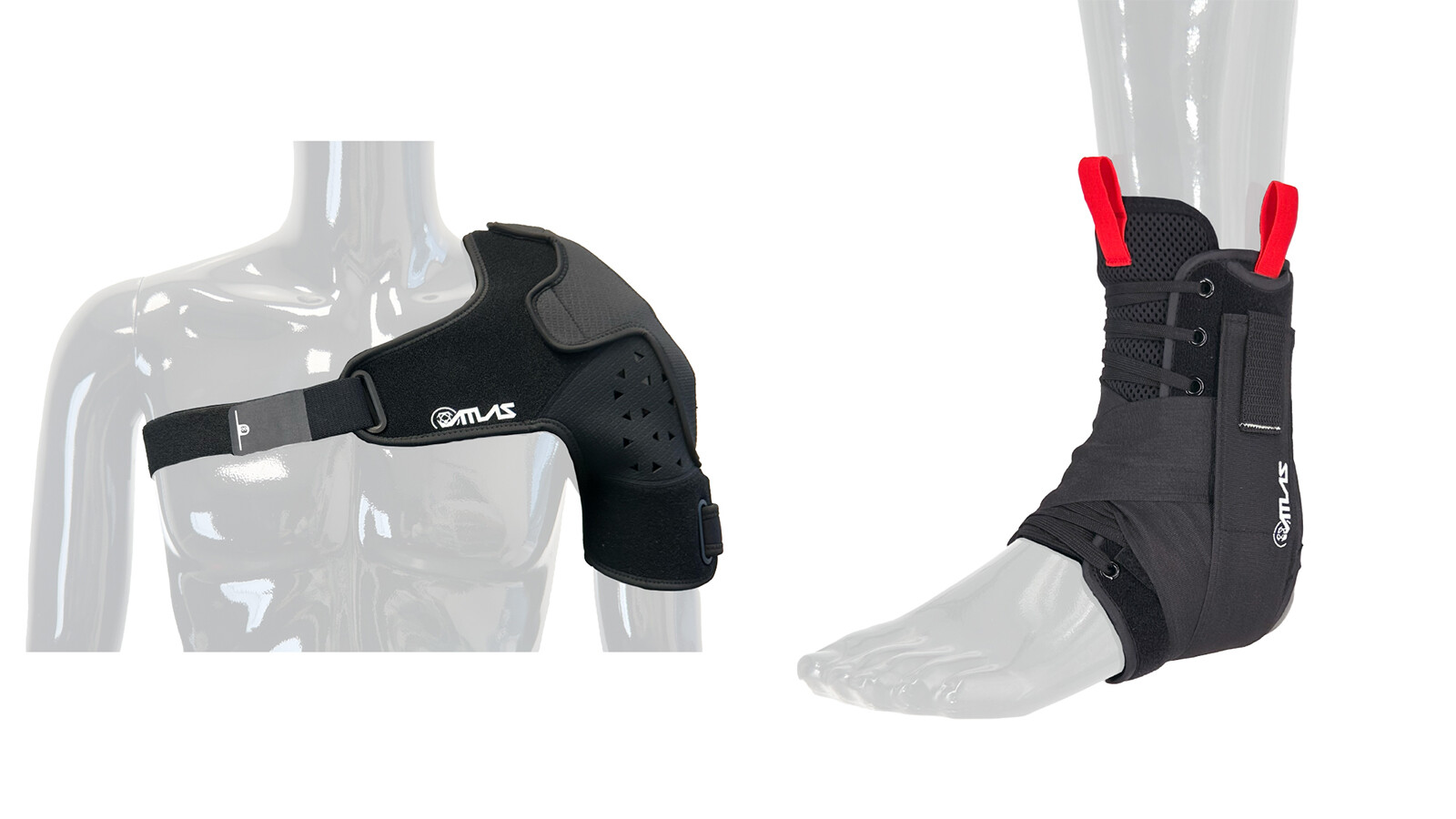
MXP: That’s a good Segway into Atlas. When you guys started Atlas your first product design was a neck brace, and since then it’s become a very popular product, especially at the amateur level. Can you please talk about how the Atlas neck brace has evolved, and also what is next for Atlas?
BS: The newest addition to our line is our Traction boots, which are an entry-level ($249.99 CDN retail) adult boot for the masses. It’s an incredible value, has great features, comfortable, and we also offer it in an Enduro sole model. Then just last week we released our Traction Youth model, which is available now for just $189.99 CDN so we can have something for the whole family, as we did with our braces.
The braces have been through several iterations over the years. The biggest change is the weight – the first product was 1100 grams (2.4 lbs), and the latest version is just 550g (1.2 lbs) so we have literally cut the weight in half, and it is even lighter than competitors’ more expensive carbon fibre offerings. Our whole philosophy is to move with you, not against you, so the technology is really based around that – with weight playing a crucial role in how unnoticeable the product is. We took that a step further with our Vision Collar, which removes the front and rear shelves to maximize ROM (range of motion) while offering protection from compression forces. The Vision is all the way down to 365 grams (0.7 lb), by far the lightest form of true neck protection available. All of these are so much better than the early days, if you haven’t tried a neck brace lately I would urge you to give it a try. They are a much better experience today.
We have much more on the way that we can’t wait to share with you. Stay tuned for another article about what we call Atlas 2.0!






